The topic of balanced to unbalanced converters is broad, detailed and deserving of study to apply them where needed. However, this post will discuss the simplest balun of all… the Choke Balun.
Many balun designs convert impedances 1:1, 1:2, 1:4, 1:9 and up.
The Choke Balun is only 1 to 1.
The goal of the Choke Balun is to ensure no out of balance energy moves through it. The currents inside a piece of coax are equal and opposite so their resultant magnetic fields are also equal, opposite and mostly cancel. Additionally one can think of this as “skin effect” keeping the majority of the RF currents on the outside of the inner conductor and on the inside of the outer conductor (shield).
You might think If the coax ends exactly in 50 ohms, all the energy is absorbed and turned to heat regardless of anything else.
However, if an antenna or other load is attached to the coax, we have a potential problem. The coaxial shield acts as a direct shunt to one side of the feed-point. This shield presents a conductance to the feed point which varies depending on how long the coax is, in electrical wavelengths, between the feed-point and ground; Worst case, the radio is the ground point through its power supply. Another possible ground point is where the coax shield terminates into its first lightning protection device. One or more half wavelengths present high conductance while 1/4 wave plus zero or more half wavelengths present a low conductance. Many reasons to avoid this include:
- RF in the shack can cause all kinds of mischief with your equipment
- RF in the shack can cause RF burns
- RF along the outside of the coax turns it into an antenna that radiates along with your real antenna which, if strong enough, will mess with your antenna pattern
- A bit less energy makes it to your intended target… the antenna elements
Fortunately the cure for all the above is simple… a choke balun. As the name applies, the choke balun sees any extra current flowing back along the coax as out of balance and, through inductive impedance, blocks it and forces it to stay at your antenna.
Target Impedance/Resistance – 5000+ohms anyone?
A large number of amateur radio operators consider 10x the operating impedance a good enough goal to choke the unwanted RF currents. This suggests 500 ohms for a 50 ohm system. This may be suitable regarding preservation of the antenna’s desired radiation pattern. However, running full power will likely result in excessive heating of the balun since unbalanced current is dissipated into 500 ohms. A higher impedance will reduce this dissipation by reducing the current and, thus, the dissipated power. 5 kohms is thought to be a good target to avoid heating in the first place.1
What about the Carolina Windom®?
It’s interesting some antennas rely on this outside coaxial cable leakage for their proper operation. The Carolina Windom®2 manages this principle by placing a “Line Isolator” back form the feed-point of an offset dipole. The Line Isolator is a form of Choke. The result is a mix of horizontal and vertical polarizations that some operators find useful. So while coaxial currents are actually encouraged in this antenna, the Line Isolator still stops the current where the designer planned.
No Balun = Accidental Benefit
Folks who just throw up a dipole without a balun may still get beneficial results with their antenna’s horizontal and vertical polarization components. This will reduce polarization fade so often encountered on HF. However, if you run any amount of power you have to wonder what is happening when this RF energy winds up on your radio’s cabinet.
The Ideal Dipole
If you want your dipole antenna to be the dominant radiator, your goal is to choke the coaxial cable currents at the feed-point. With this in mind, two styles of choke baluns are popular: Toroid and Bead.
Toroid Baluns
Toroid Baluns take a piece of coax and wrap it around the torus over and over again almost all the way around. Toroid baluns are compact. One virtue of toroid Baluns is their impedance rises roughly as the square of how many times you pass the coax through it. This, however, lowers the frequency response.
Facts of Toroid Baluns include:
- Impedance rises as the square of loops – Advantage
- Frequency falls with more loops – Advantage or disadvantage depending on your antenna’s design
- Toroid Baluns are quite compact and can reach the 5kohm goal – Advantage
Bead Baluns
Bead Baluns are similar, but the ferrite material in the form of hollow beads are arranged along the coax like a necklace. Bead Baluns are simple. Being, essentially, a single pass choke, the impedance available from one bead is low. Many in series will add their impedances directly.
Facts of Bead Baluns include:
- Impedances of each bead sum – Disadvantage if your goal is choking resistance as the number of beads necessary can be staggering
- Frequency remains the same as you add beads… more or less – Advantage if you are designing for the higher bands
- Bead Baluns are very long to obtain the 5kohms Choking Resistance – Disadvantage
As a new amateur radio operator you are certain to learn much more about the many kids of balun transformers out there. The “choke” baluns shown on this page are the simplest of all and will serve you well as you experiment with various antennas.
The cardinal rule is if you are feeding any balanced antenna with unbalanced coaxial cable, a balun is a good idea. Yes it is true many times the advantage you get back from a choke balun may not be worth the time and investment. However, choke baluns are so easy and cheap to build only the most spartan antennas would shun them.
That said a surprising number of antenna manufactures do not include a 1:1 balun in their designs. Dipole manufacturers are especially known for this. Their reasons vary and include:
- Half-wave dipoles fed with coax do not need a balun because the impedances are close enough to coax
- Half-wave dipoles fed with coax do need a balun, but not so much to justify the added complexity, weight and, most important, cost
- Half-wave dipoles fed with coax do need a balun, but manufacturers are quietly counting on you to provide it so they don’t have to include it in their costs
HamHelpDesk responds:
- Yes it is true dipoles over ground vary in impedance depending on height and hover near the 50 ohm impedance of most coax. However, you are almost never going to have a perfect match and even if you did for one frequency, every other frequency will be less than perfect. Same goes for feed-line lengths. Currents will most certainly flow on the outside of the coaxial cable for most of these circumstances. A cheap bead or toroid balun fixes this easily.
- The manufacturers have a point on this one. Sometimes the return on investment is not worth the expense. As cheap as 1:1 choke baluns are, though, this is still hard to swallow.
- Feed-lines always present some conductance to the shield connected side of the feed-point. Manufacturers know many of us experiment and, thus, know to put a balun on the antennas we buy from them if not already equipped. They have, in a sense, passed on the cost of finishing their antenna to us. It is a good thing it is a small cost.
A quick and dirty choke balun can also be made by looping coax in a coil several turns. This “coil” of coax concentrates the inductance like any coil of wire and provides the same high impedance to out of balance currents. I have done this with my VHF J-Pole antenna to stop the RF clearly feeding back along my feed-line and the results were quite amazing. The coil will need to be larger and/or more turns to be practical at HF frequencies. This is why using Ferrite materials provides a more compact solution.
As always “Better is the Enemy of Good Enough.”
- RFI, Ferrites, and Common Mode Chokes for Hams – Jim Brown
- Carolina Windom by Radio Works
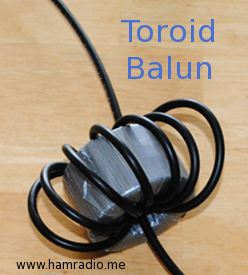
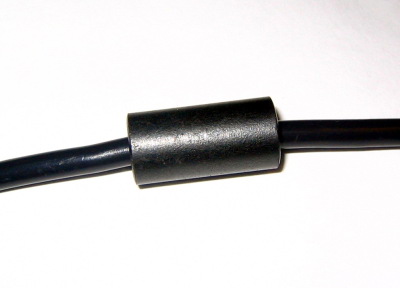
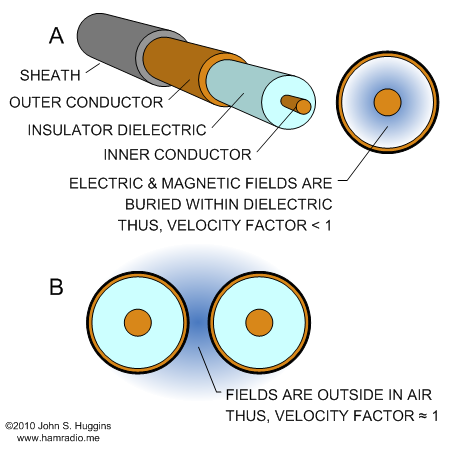
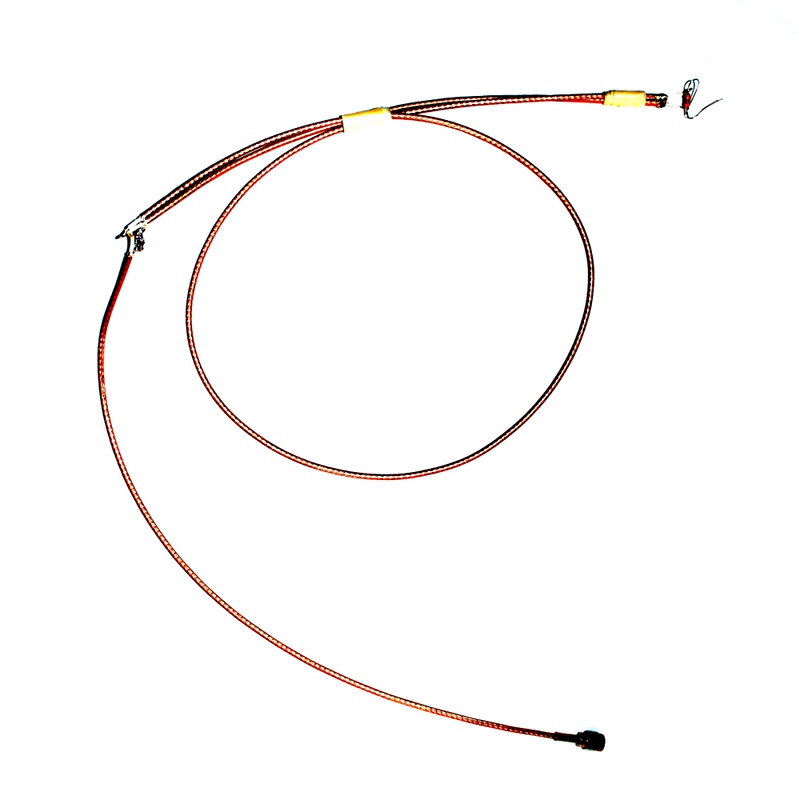
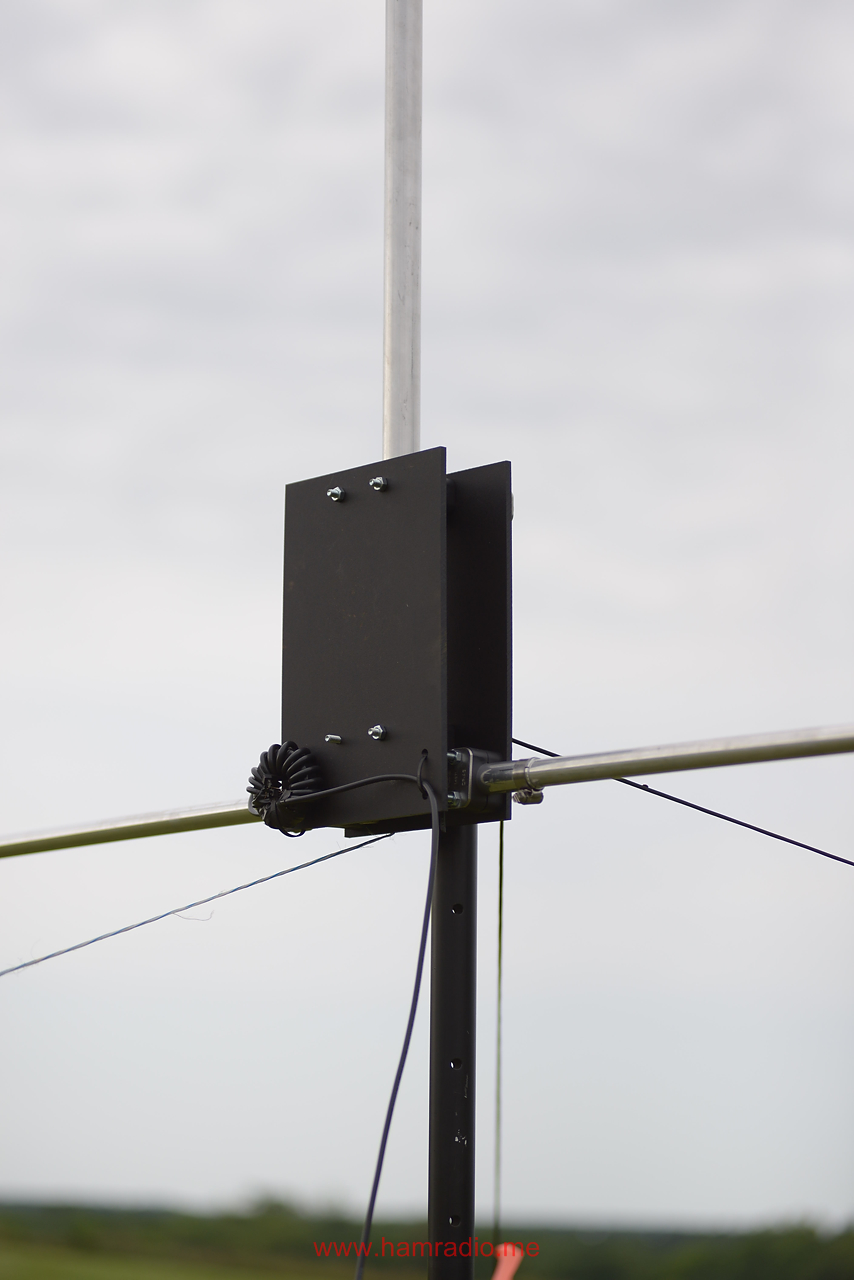
HOW CAN I TEST A HOME-BREW 1-1 BALUN FOR EFFICENCY?
HOW DO I TEST A HOME-BREW 1-1 HF RADIO BALUN???????